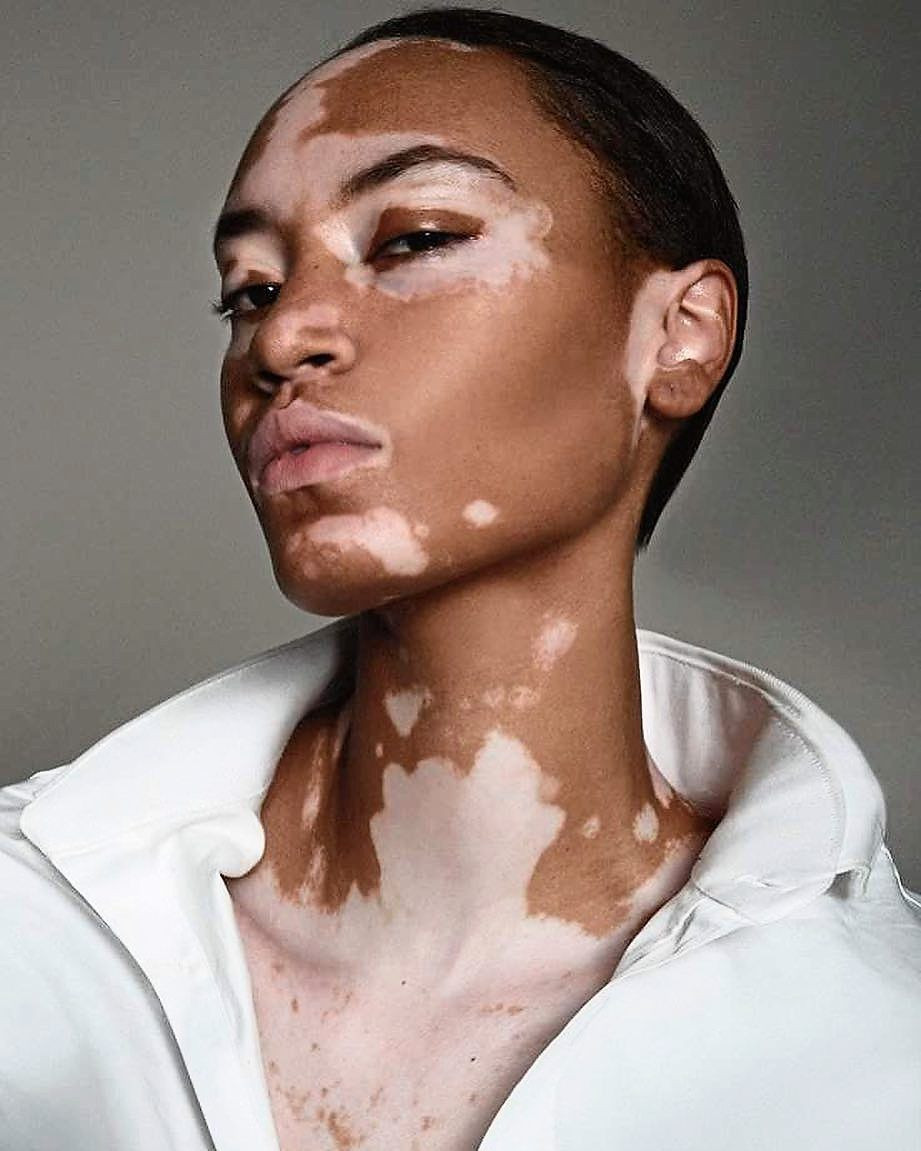A Tree Branch, A White Patch, and a Lifetime of Questions
Senior lecturer Malini Thyagesan used to dislike having her photograph taken and would be upset when people pulled their children away from her. It wasn't the flash of the camera that bothered her, nor the presence of children. It was the white patches that had begun to appear on her skin, a stark contrast to her brown complexion. These patches were the visible manifestation of vitiligo, an autoimmune disorder in which the body's immune system attacks skin pigment cells, turning a person's skin white due to the loss of pigment, or melanin.
Vitiligo is an incurable condition, but one that affects millions worldwide. It can affect any age group and can flare up due to stress, trauma, and injury to the skin. It is not contagious. For Ms. Malini, the journey of living with vitiligo began at the tender age of eight, when a tree branch hit her eye, leaving a white patch on her eyelid. Her parents dismissed it as a healing wound, but six years later, when 20% of her body became covered in white patches, they took her to see a dermatologist.
The diagnosis of vitiligo, coupled with the societal stigma associated with the condition, took a toll on Ms. Malini's self-esteem. "I could still cover them up by wearing long sleeves or heavy makeup, but there was always one thing that was constantly ringing in my head when I looked in the mirror: Ugly, ugly, ugly," she said.
Navigating Societal Perceptions and Seeking Treatment
Ms. Malini resorted to using topical steroid cream to heal the pale patches, but more patches appeared. Frustrated, she decided at age 16 to forgo any sort of treatment altogether. While there is no cure for vitiligo, there are three approaches to treating the condition: stopping it from spreading, repigmentation, or camouflage. Dr. Goh Boon Kee, a dermatologist, explains that oral steroids and steroid creams can be used to stop the spread of vitiligo, while phototherapy, exposure to light at controlled wavelengths, may help restore skin color.
Ms. Malini's experience mirrors the reality of many individuals living with vitiligo. They face a range of challenges, including societal perceptions, emotional stress, and cultural issues. The condition is often met with misunderstandings and fear, with people mistaking it for a contagious disease or a sign of something sinister. Ms. Malini found that using Michael Jackson, the King of Pop, as a reference when explaining her condition helped to ease some of the anxiety and confusion. Jackson, diagnosed with vitiligo when he was 24, faced countless accusations of bleaching his skin to appear white.
Embracing Differences and Becoming an Advocate
Despite the challenges, Ms. Malini slowly grew more confident in her own skin, thanks to the support of her teachers and friends. She found strength in the way she was treated "normally" by those close to her. But there were still moments when she felt ostracized. She recalled occasions when curious children stared at her before being pulled away by their parents.
"I get that kids are kids, but I wish the adults would educate their child on why I look like that, instead of turning them away," Ms. Malini said. This experience ignited a fire in Ms. Malini, driving her to become an advocate for those living with vitiligo. She believes that open communication and education can help to break down stigma and foster understanding. When she enrolled at the National Institute of Education, she was told to expect that students would inevitably stare at her and some might say something offensive. However, she decided to embrace her condition and use it as a teaching moment.
On her first day as a teacher, she introduced herself to her students, who ranged from 13 to 17 years old, and explained vitiligo to them, encouraging them to ask questions. This direct approach made her students feel comfortable and eager to learn about her condition. She said, "I felt that it was important for them to understand what was different about me, not just to be curious but to be kind and understanding." She also overcame her fear of passing on the condition to her children, finding support in her husband and embracing the possibility of her children inheriting vitiligo. This realization helped her to accept her own condition even more deeply.
A Light in the Darkness: The Journey of Acceptance and Advocacy
Today, with her skin about 98% white, Ms. Malini calls herself the "unofficial one-man support group" for people with vitiligo, having advised and counseled friends of friends who have the condition. She hopes to start a proper support group one day, providing a safe space for others to share their experiences and find strength in community. Ms. Malini's journey is a testament to the power of acceptance, advocacy, and the resilience of the human spirit. It is a story of how one woman, faced with a challenging skin condition, embraced her differences and transformed her experience into a force for positive change. Her story serves as an inspiration for others who are struggling with their own unique challenges, showing that even in the face of adversity, there is always hope, strength, and the potential for growth.

















